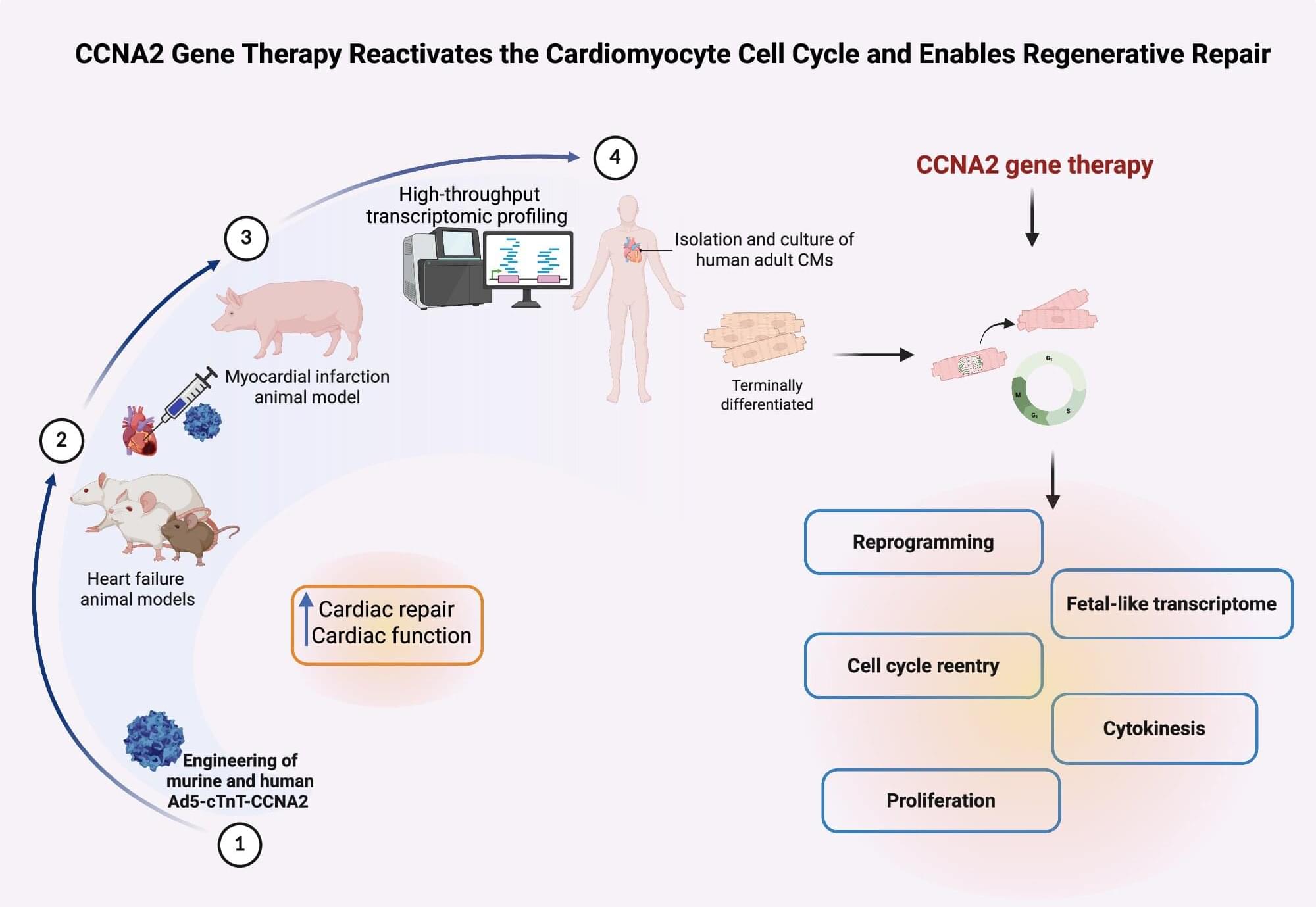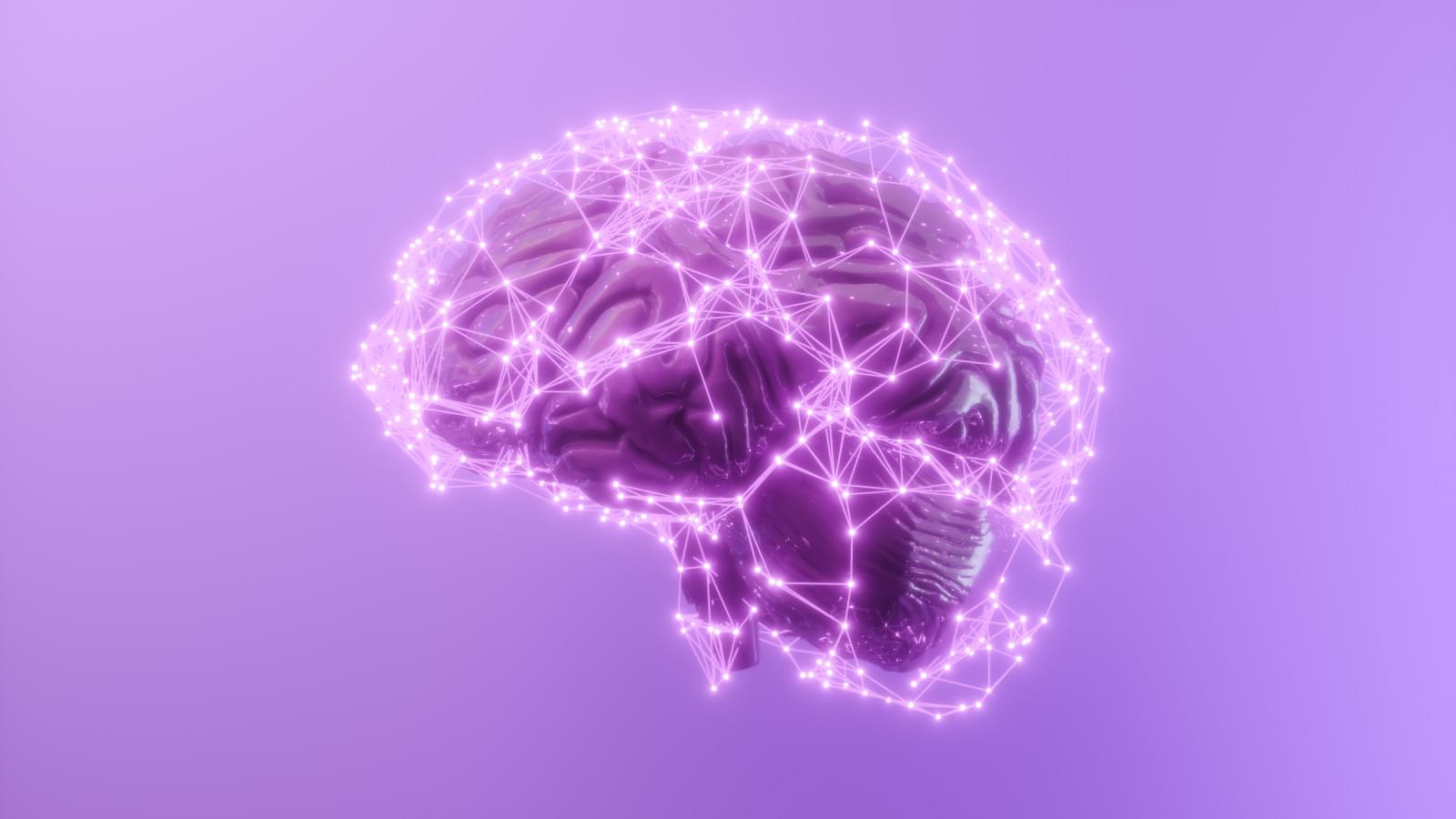What is the habitability potential on Saturn’s moon, Enceladus? This is what a recent study published in The Planetary Science Journal hopes to addre | Space



I wrote this educational primer on ebolavirus as a fun exploration of a topic not related to my current research. While such knowledge may be useful in the event of some future ebolavirus epidemic, it is mostly just an exercise in curiosity and intellectual enrichment. #virology #molecularbiology.
My website version: [ https://logancollinsblog.com/2025/11/04/an-introduction-to-ebolavirus-biology/](https://logancollinsblog.com/2025/11/04/an-introduction-to-ebolavirus-biology/)
Substack version: [ https://loganthrashercollins.substack.com/p/an-introduction-…us-biology](https://loganthrashercollins.substack.com/p/an-introduction-…us-biology)
PDF version: An Introduction to Ebolavirus Biology – Logan Thrasher Collins
I wrote this educational primer as a fun exploration of a topic not related to my current research. While such knowledge may be useful in the event of some future ebolavirus epidemic, it is mostly just an exercise in curiosity and intellectual enrichment. I hope that you too enjoy learning about this fascinating (but scary!) virus as you browse my writeup. Also, if you’re an ebolavirus expert with concepts, edits, and/or ideas to offer, feel free to reach out with your additional insights! Shoutout: I’d like to give a special shoutout/thanks to Jain et al. (reference 4) and Bodmer et al. (reference 2). I used their papers extensively throughout the creation of writeup!
Genome

In the mid-nineteenth century, the Harvard College Observatory began employing women as calculators, or “human computers,” to interpret the observations their male counterparts made via telescope each night. At the outset this group included the wives, sisters, and daughters of the resident astronomers, but soon the female corps included graduates of the new women’s colleges —Vassar, Wellesley, and Smith. As photography transformed the practice of astronomy, the ladies turned from computation to studying the stars captured nightly on glass photographic plates.
The “glass universe” of half a million plates that Harvard amassed over the ensuing decades—through the generous support of Mrs. Anna Palmer Draper, the widow of a pioneer in stellar photography—enabled the women to make extraordinary discoveries that attracted worldwide acclaim. They helped discern what stars were made of, divided the stars into meaningful categories for further research, and found a way to measure distances across space by starlight. Their ranks included Williamina Fleming, a Scottish woman originally hired as a maid who went on to identify ten novae and more than three hundred variable stars; Annie Jump Cannon, who designed a stellar classification system that was adopted by astronomers the world over and is still in use; and Dr. Cecilia Helena Payne, who in 1956 became the first ever woman professor of astronomy at Harvard—and Harvard’s first female department chair.
You may not remember it, but odds are you took a few tumbles during your toddler era. You weren’t alone. Falling, after all, is a natural consequence of learning to crawl, walk, climb and jump. Our balance, coordination and motor skills are developing throughout early childhood.
But it also doesn’t take long for these abilities—also known as physical intelligence—to become second nature for most, including deceptively complex actions such as walking, grasping objects and navigating our way across a room without having to think about it.
“As humans, we often take our physical intelligence for granted because it becomes so automatic when we’re still young,” said Bowen Weng, roboticist and assistant professor of computer science at Iowa State University.

Around the globe, heart disease remains one of the top causes of death. Once patients begin to suffer from serious heart problems, like heart attacks and heart failure, the heart muscles become damaged and are difficult to treat and repair. Although many therapies have been developed to treat symptoms, full recovery to a pre-disease state has been essentially impossible. This is due to a lack of regeneration ability in adult human heart cells. Studies using stem cells or progenitor cells for repair have demonstrated limited efficacy in clinical trials, thus far.
However, there may be new hope for these patients. Researchers from the Icahn School of Medicine at Mount Sinai in New York have been working to turn back time by switching on a gene known to regenerate heart muscle cells, or cardiomyocytes. Their study, recently published in npj Regenerative Medicine, indicates that adult human hearts may be given the ability to regenerate themselves with future therapies.

Researchers at Imperial’s National Heart & Lung Institute (NHLI) have reported encouraging results from the first phase of clinical trials for a new peanut allergy vaccine.
This vaccine aims to ‘reset’ the immune system, potentially allowing the individual to tolerate peanuts without triggering the severe allergic reactions that often occur when peanut proteins are ingested.
Phase 1 trials for a new peanut allergy vaccine show promising results, offering potential long-term relief from allergic reactions.
In collaboration with industry partner Allergy Therapeutics, the team from Imperial has developed a vaccine using virus-like particle (VLP) technology to encapsulate the peanut allergen protein Ara h2. In the latest paper, published in the Journal of Allergy and Clinical Immunology (JACI), a phase 1 first-on-human clinical trial demonstrated the VLP peanut allergy vaccine’s safety and tolerability, with no reactivity observed during skin prick tests comparing the vaccine to control treatments.

Artificial intelligence (AI) is a foundational technology that could reshape our world, driving new scientific discoveries and helping us tackle humanity’s greatest challenges. Now, we’re asking where we can go to unlock its fullest potential.
The Sun is the ultimate energy source in our solar system, emitting more power than 100 trillion times humanity’s total electricity production. In the right orbit, a solar panel can be up to 8 times more productive than on earth, and produce power nearly continuously, reducing the need for batteries. In the future, space may be the best place to scale AI compute. Working backwards from there, our new research moonshot, Project Suncatcher, envisions compact constellations of solar-powered satellites, carrying Google TPUs and connected by free-space optical links. This approach would have tremendous potential for scale, and also minimizes impact on terrestrial resources.
We’re excited about this growing area of exploration, and our early research, shared today in “Towards a future space-based, highly scalable AI infrastructure system design,” a preprint paper, which describes our progress toward tackling the foundational challenges of this ambitious endeavor — including high-bandwidth communication between satellites, orbital dynamics, and radiation effects on computing. By focusing on a modular design of smaller, interconnected satellites, we are laying the groundwork for a highly scalable, future space-based AI infrastructure.


#risk #tech #business #geopolitical
Geopolitical tensions and kinetic conflicts can impact both physical security and supply chain stability, as well as overall economic stability. Evolving and often contradictory regulatory environments can create compliance challenges across different jurisdictions. Operating on the home turf of potentially hostile nation-states can increase insider risk, as employees may choose or be compelled to misuse their privileged access to appropriate and exfiltrate sensitive information from the organization. There are also risks that remain agnostic of jurisdiction, such as cyber threats, whether perpetrated by criminals, state-backed actors, or even hacktivists.
